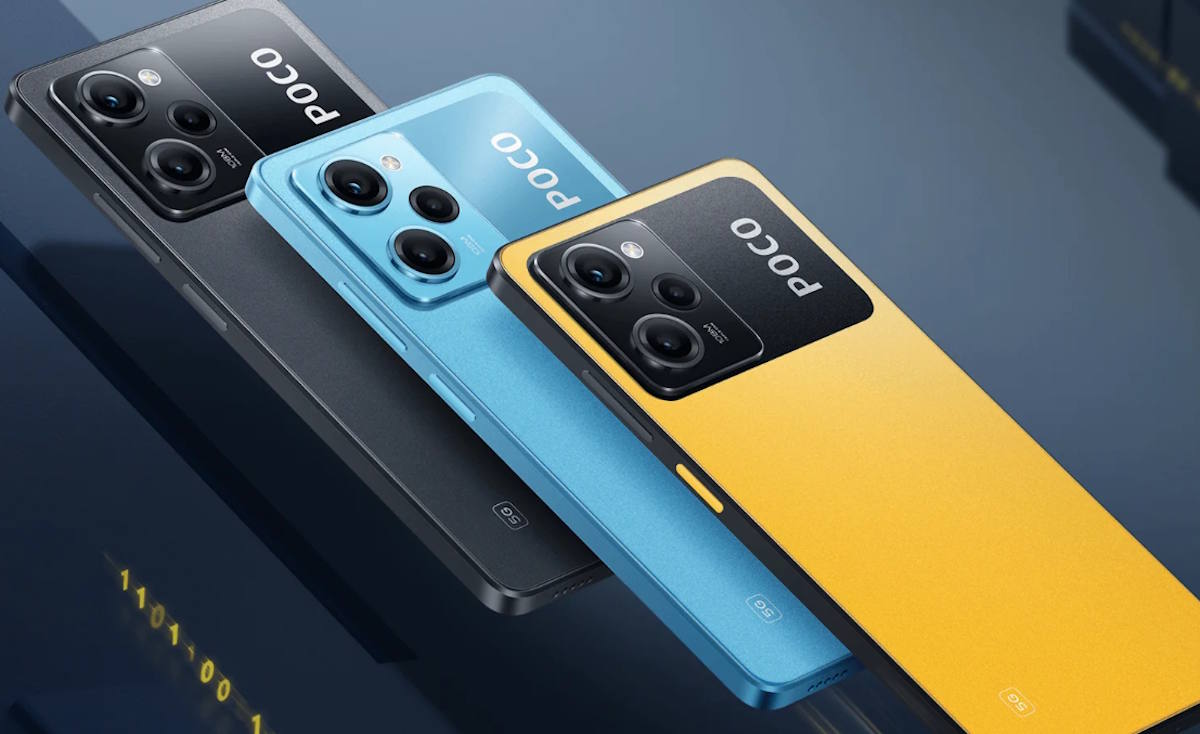In the ever-evolving landscape of smartphones, where flagship devices are often priced at a premium, POCO by Xiaomi has emerged as a brand that challenges the status quo. Known for delivering high-performance smartphones at an affordable price, POCO has captured the attention of tech enthusiasts and budget-conscious consumers alike. In this post, we’ll delve into the story of POCO, its unique offerings, and what makes it a standout brand in a saturated market.
The Genesis of POCO
POCO began as a sub-brand of Xiaomi, a global technology leader known for its value-driven approach to consumer electronics. Launched in 2018, POCO aimed to disrupt the mid-range smartphone market by offering devices with flagship-level specifications without the flagship-level price tag. The brand’s debut model, the POCO F1, was an instant hit, thanks to its powerful Qualcomm Snapdragon 845 processor, impressive battery life, and aggressive pricing.
Key Features that Define POCO Smartphones
Performance-Oriented Design
POCO smartphones are synonymous with high performance. Each device is equipped with cutting-edge processors, ample RAM, and advanced cooling systems to ensure smooth multitasking and gaming experiences. This performance-centric approach appeals to tech-savvy users who demand more from their devices without breaking the bank.
Impressive Battery Life
One of the standout features of POCO phones is their impressive battery life. Most models come with high-capacity batteries that can easily last a full day of heavy usage. Coupled with fast-charging technology, POCO ensures that users spend less time tethered to a power outlet and more time enjoying their devices.
Camera Capabilities
POCO does not compromise on camera quality. Despite their budget-friendly pricing, POCO smartphones often feature multi-lens camera systems with AI enhancements for superior photography and videography. Whether it’s capturing stunning landscapes or vibrant portraits, POCO devices offer camera performance that rivals more expensive competitors.
User-Centric Software
Running on Xiaomi’s MIUI, POCO phones offer a user-friendly interface loaded with customization options. Regular updates ensure that users have access to the latest features and security patches. Additionally, POCO has been known to listen to its community, implementing feedback to improve the overall user experience.
The Evolution of POCO
Since the launch of the POCO F1, the brand has expanded its lineup to cater to a wider audience. From flagship killers like the POCO F3 to budget-friendly options like the POCO M series, the brand has shown versatility and adaptability in meeting the diverse needs of consumers.
The introduction of the POCO X series marked a new chapter for the brand, combining premium features such as high-refresh-rate displays and 5G connectivity with competitive pricing. This evolution reflects POCO’s commitment to democratizing technology and making it accessible to more people around the world.
POCO’s Impact on the Smartphone Market
POCO’s approach has redefined the expectations of what a budget smartphone can offer. By prioritizing features that matter most to consumers—performance, battery life, and camera quality—POCO has set a new standard for affordability and innovation. The brand’s success has also prompted other manufacturers to rethink their strategies, leading to a more competitive market that ultimately benefits consumers.
Conclusion
POCO by Xiaomi continues to be a game-changer in the smartphone industry. With a focus on delivering high-quality devices at an accessible price point, POCO has carved out a unique niche that appeals to a broad spectrum of users. Whether you’re a student, a professional, or a tech enthusiast, there’s likely a POCO device that fits your needs and budget.
As we look to the future, it’s clear that POCO’s influence will only grow stronger, challenging competitors and continuing to push the boundaries of what’s possible in the world of affordable smartphones. Keep an eye on this brand as it releases new models and innovations that shape the future of mobile technology.
